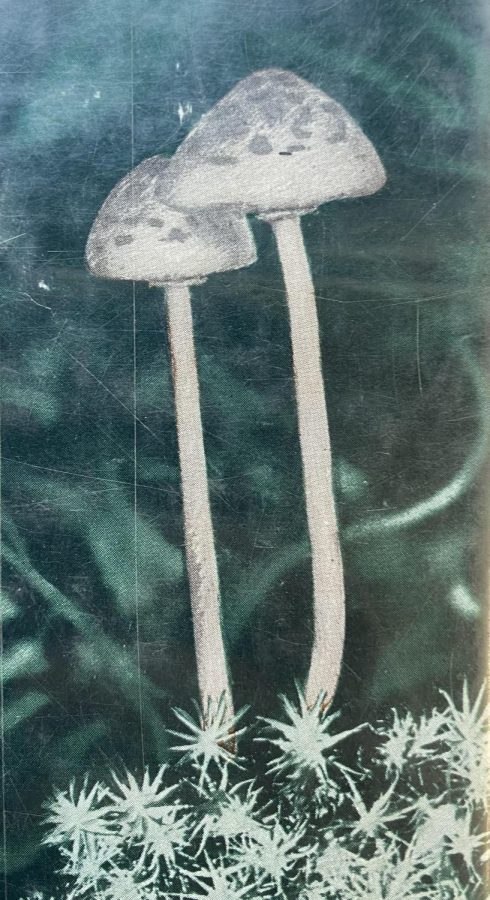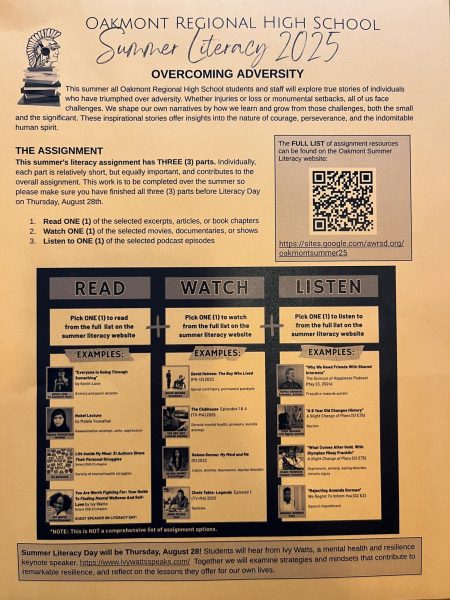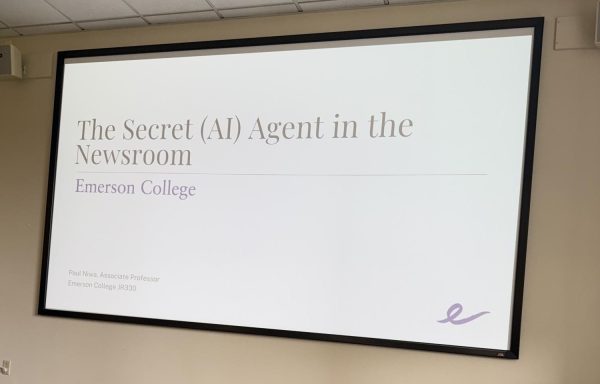Science Shorthand with Scerbo: Zombie Fungus: Is It Real?
Zombie Fungus: Is It Real?
By Cameron Scerbo
With the new series The Last of Us streaming on HBO Max, people are starting to realize how real the fictional story could be.
Ophiocordyceps unilateralis, known as zombie-ant fungus, was discovered in 1859. It is a species of fungi that infects ants and other insects to reproduce. It is originally contracted when the ant touches some spores of the fungus.
These spores excrete enzymes that eat through the ants’ tough exoskeleton. The fungus then enters it’s yeast phase, permeating the entire ant’s body.
Once the fungus has fully infiltrated the ant it starts metabolizing chemicals in the ant’s brain that control its movement. First, it makes the ant’s body convulse causing it to fall from where it is in the trees. Next, it makes the ant climb up a tree to the optimal place for the fungus to grow. This is usually around 25 cm from the ground.
After finding this area it will force the ant to climb out onto a leaf or branch where it will make the ant attach its mandibles to the underside of the leaf or branch with unusual force.
It then locks the ant in place by destroying the muscle cells’ mitochondria and stopping all of the ant’s muscles from being able to move. It will also start secreting an antibacterial and antimicrobial substance to protect its host while it propagates.
The ant is still alive now but not for long. It takes about 6-10 days but eventually, the fungus kills off the ant and is left with a perfect place for it to reproduce.
Now it generates a wiry yet flexible, darkly colored stroma. This stroma will go and then rupture releasing its sores over a large area.
More ants pick up the spores and the cycle continues. This can be devastating for ant populations and even other insects like spiders. But should we as humans be worried about this fungus as well?
For now, we are ok. Thanks to being warm-blooded, our bodies are too hot for the fungi to take control of us.
Also, this fungus likes to pick a single species and stick with it, only infecting that one specific animal.
It has yet to be able to kill anything other than insects. However, in an article by Gielia Heyward, Norman Van Rhijn, a scientist researching fungal infections at the University of Manchester says “A fungal pandemic is definitely possible.”
Also, Chief of fungal diseases at the US CDC Tom Chiller says, “The potential is huge for what can emerge and become a pathogen.” Due to global warming, some fungal species may adapt to survive in warmer climates, maybe even our bodies.
According to a Science Daily article titled “Warmer climate may drive fungi to be more dangerous to our health.” The author writes, “A new study out of Duke University School of Medicine finds that raised temperatures cause a pathogenic fungus known as Cryptococcus deneoformans to turn its adaptive responses into overdrive. This increases its number of genetic changes, some of which might presumably lead to higher heat resistance.
Some people also argue that the fungus would not be able to produce enough chemicals to control humans. But this isn’t exactly true.
Psilocybin mushrooms, commonly known as magic mushrooms, can inflict hallucinogenic effects. Also, the mind-altering abilities of beer are courtesy of fungus.
On the bright side, It would be very hard for a fungus to jump species. Especially from an ant to a human. Chiller also says, “An ant and a human are dramatically different.” We have much stronger immune systems and much higher body temperatures.
Unfortunately, if they were to jump species, there is no vaccine that would be able to protect us. Also since fungi cell structure is so similar to ours a lot of medicines that we could use might harm us as well.
Finally, there is something good that could come from this specific species of fungus. We as humans could study the antibacterial and antimicrobial properties of Ophiocordyceps unilateralis to develop new medicines that could benefit us greatly in the future.
While you shouldn’t worry about this too much, as there is not a very high chance that it will happen in our lifetime, I believe it is something to think about.

Cameron Scerbo is part of the Oakmont class of 2026. This is his third year being part of The Oakmonitor. Not only is he a part of The Oakmonitor, but...







